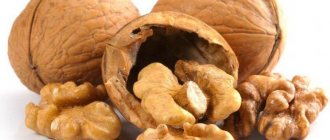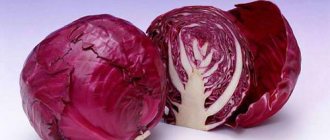To feel great and be energetic, you need to eat right. The diet should include proteins, fats and carbohydrates. If there is a shortage of any components, a person feels discomfort, lethargy, weakness and malaise.
Carbohydrates enable normal functioning. What are they for? These substances are a source of energy. As they are processed into glucose, the body becomes more active and alert. At the same time, you should know how many carbohydrates you need to consume per day so as not to harm your health.
Concept
Carbohydrates are organic substances consisting of carbon, oxygen, and hydrogen. About 2-3% of these components accumulate in the body in the form of glycogen. Blood contains glucose in the amount of 5 g. The more trained a person is, the more glycogen he can accumulate.
The human body is capable of synthesizing carbohydrates, but in very small quantities, so most of them come with food. These components are found in plant products. For example, there are about 80% of them in cereals. And sugar contains 99.98% of these substances. Carbohydrates provide the body with energy. What else are they needed for? They are important and necessary for the functioning of many organs.
What are carbohydrates?
Carbohydrates are found in almost any food and have an energy value of 4 cal/g. But they are not all created equal, and different types have different effects on your body. Food usually contains a combination of two types of carbohydrates: simple and complex.
Carbohydrates are complex chemical compounds consisting of carbon, oxygen and hydrogen. The first discoveries by science were described by the formula: Cx(H2O)y, as if carbon atoms were bonded to several water atoms (hence the name). It has now been proven that in a carbohydrate molecule, carbon atoms are connected separately to hydrogen, hydroxyl (OH) and carboxyl (C=O) groups. However, the former name stuck firmly.
Kinds
Before you find out how much carbohydrates you should consume, you should familiarize yourself with their types. These components are a nutrient for the brain and provide the energy needs of all people.
Carbohydrates are:
- Simple;
- Complex;
- Easily digestible;
- Difficult to digest.
Simple types include glucose, galactose and fructose. Such substances are quickly absorbed and sharply increase blood sugar levels. Doctors recommend that many people limit easily digestible carbohydrates in their diet as much as possible. This means that you need to consume sugar, honey, and sweets in smaller quantities.
Complex carbohydrates are starch, glycogen, fiber, pectin. Many nutritionists recommend organizing your menu so that it consists of 60% carbohydrates. Substances are needed for the proper metabolism of proteins and fats. What are complex carbohydrates needed for? Together with proteins, they synthesize hormones and enzymes, which is important for the functioning of the entire body.
Dietary fiber is important, as it is practically not digested in the intestines and is not a source of energy. But these hard-to-digest carbohydrates are important in the digestion process. Thanks to them, intestinal function is stimulated and digestion improves.
Starch is digested slowly, but it increases blood sugar for a long period. The body also needs it, but in moderation. The substance supplied with rice, semolina, potatoes, and bread is digested faster than that found in millet, buckwheat, and barley.
Glycogen, which is called animal starch, accumulates in muscle and liver cells. It is found in animal products. The component creates an energy reserve that can replenish the lack of glucose in the body at any time.
What is the glycemic index
This is an indicator of how a food affects blood sugar levels. And we know that the faster blood sugar rises, the more harmful the product is. For most people, low GI foods are preferable. The exception is athletes; they can consume foods with a high GI. This is done during or after competitions to quickly restore strength. For example, in bodybuilding. Since an athlete spends a lot of energy during training.
There are several systematizations of GI; I will give one of the popular typifications by nutritionist M. Montignac. He took 50 g of pure glucose in the product as 100%. This helped him divide all carbohydrates into good and bad. Products with a GI of more than 50 are considered bad and should not be abused. GI 50 or less is good. Let's start with the harmful ones:
| Product | GI level |
| Fried potato | 95 (mashed potatoes – 90) |
| White flour bread and pasta | 90 |
| Honey | 90 |
| Carrot | 85 |
| Watermelon | 75 |
| Muesli and instant cereals | 70 |
| Biscuits | 76 |
| Sweet sodas (Sprite, Fanta, Cola) | 70 |
| White rice | 70 |
| Black bread | 65 |
| Sweet bananas | 65 |
This is not a complete list, but I think many people have found their favorite products here. Eh, goodbye fried potatoes...










